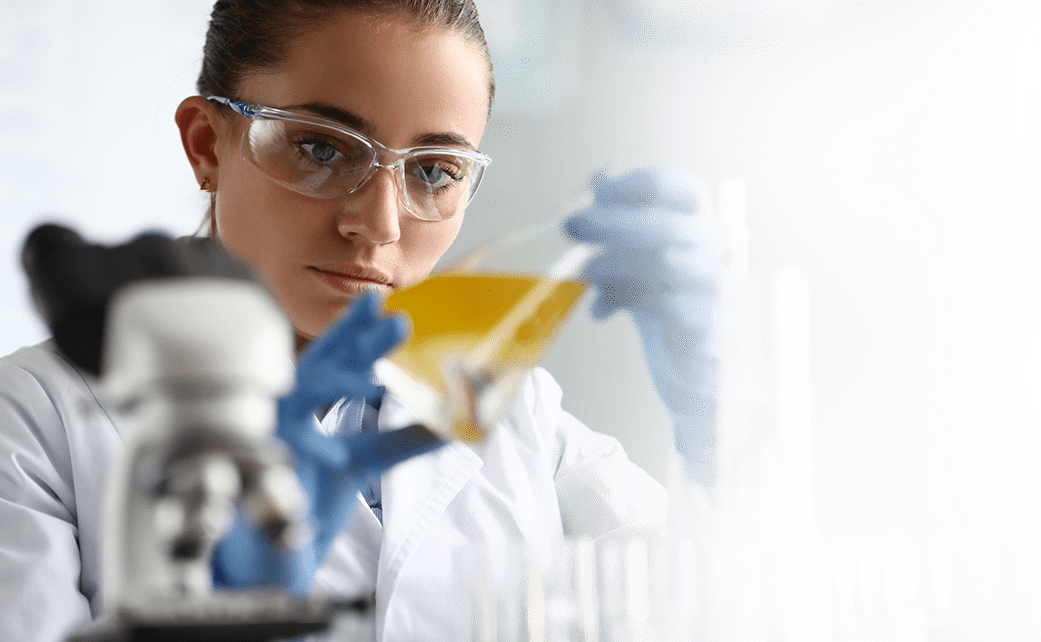Stem cells are a cornerstone of modern medicine and research, offering incredible potential for treating diseases, repairing damaged tissues, and unlocking the mysteries of human development. These unique cells have the remarkable ability to develop into different cell types and are found in various locations within the body. Scientists and medical professionals classify stem cells into specific types based on their origin and capacity to differentiate, each playing a unique role in advancing healthcare and regenerative medicine.
Understanding the types of stem cells and their characteristics is essential for appreciating their significance in medical science. From embryonic stem cells to those found in cord blood and tissues, these cells hold promise for both current and future therapies. Let’s explore the different types of stem cells and where they are found to better understand their contributions to medicine.
Stem Cell Classification
Stem cells are classified based on their potency—their ability to differentiate into various cell types—and their source. These classifications include embryonic, totipotent, pluripotent, multipotent, oligopotent, and unipotent stem cells. Each category represents a different stage of specialization and potential in the development process. To dive deeper into the science behind these classifications, visit our detailed guide on stem cells.
Embryonic Stem Cells
Embryonic stem cells are derived from early-stage embryos and are known for their unparalleled potential. These cells can differentiate into any cell type in the body, making them pluripotent.
-
Source: Early-stage embryos during the blastocyst phase.
-
Uses/Applications:
-
Research into early human development.
-
Development of regenerative therapies for conditions like spinal cord injuries and neurodegenerative diseases.
-
Testing new drugs for safety and effectiveness.
- Role in the Body: These cells form the foundation of all specialized cells during development.
Totipotent Stem Cells
Totipotent stem cells represent the earliest stage of cell development and can give rise to a complete organism.
-
Source: Fertilized eggs and cells from the first few divisions after fertilization.
-
Uses/Applications:
-
Research into the earliest stages of human development.
-
Potential to create entire organs for transplantation in the future.
- Role in the Body: Capable of forming both the embryo and extraembryonic tissues like the placenta.
Pluripotent Stem Cells
Pluripotent stem cells can differentiate into nearly all cell types but cannot form an entire organism.
-
Source: Embryonic stem cells (ESCs) and induced pluripotent stem cells (iPSCs) created in the lab.
-
Uses/Applications:
-
Regenerative medicine and tissue repair.
-
Studying genetic diseases.
-
Developing personalized treatments.
- Role in the Body: Critical for forming specialized tissues and organs during development.
Multipotent Stem Cells
Multipotent stem cells can give rise to a limited range of cell types, usually within a specific tissue or organ system.
-
Source: Adult tissues like bone marrow, cord blood, and cord tissue.
-
Uses/Applications:
-
Treating blood disorders (e.g., leukemia).
-
Repairing damaged tissues in specific organs.
-
Role in the Body: Maintain and repair the tissue in which they are found.
Oligopotent Stem Cells
Oligopotent stem cells can differentiate into a few specific cell types within a related group.
-
Source: Adult tissues, such as the lymphoid or myeloid systems.
-
Uses/Applications:
-
Supporting the immune system by generating specific types of blood cells.
- Role in the Body: Focused on maintaining and supporting a particular function within their tissue.
Unipotent Stem Cells
Unipotent stem cells are the most specialized and can only produce one cell type, but they retain the ability to self-renew.
-
Source: Specific tissues, such as skin cells or muscle cells.
-
Uses/Applications:
-
Repair and regeneration of the tissue they reside in.
-
Role in the Body: Focused on maintaining the health of a specific tissue.
The Importance of Stem Cells
Stem cells are invaluable for their ability to repair and regenerate tissues, making them a cornerstone of regenerative medicine. They are used to treat various diseases, including blood disorders, immune deficiencies, and degenerative conditions. Their unique properties allow scientists to study disease progression, test new treatments, and even develop personalized medicine approaches. By unlocking the power of stem cells, we can address some of the most challenging medical issues of our time.
Harvesting Stem Cells
The process of harvesting and storing stem cells ensures they are available for future use in medical treatments. Common sources include cord blood, cord tissue, and placenta tissue, all of which are collected at birth and stored for potential therapies. Stem cell banking provides families with a secure way to preserve this valuable resource. Learn more about stem cell banking and how it can benefit your family’s future health.
By understanding the types of stem cells, where they are found, and their roles in the body, we can better appreciate their transformative potential in medicine and research.



